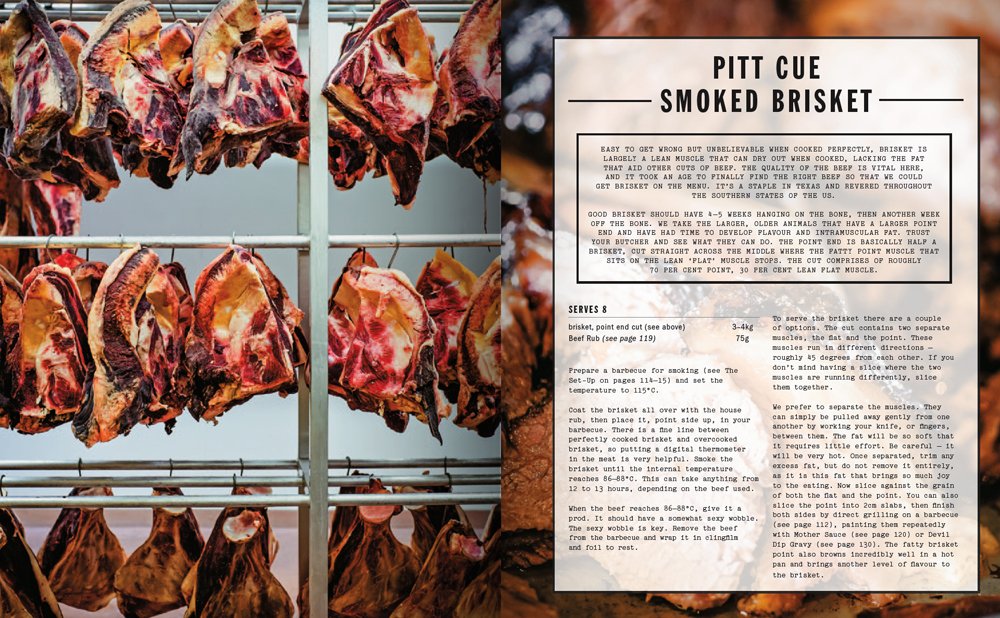The Rapberry Pi is British engineering at its best - sure a lot of the tech-hype has moved to the US and Silicon Valley, but there are still ground breaking companies making amazing tech products here in the UK (lots of them too!), and Raspberry Pi is one such product. Since it first arrived on the market, at less than £30 for what is essentially a handheld computer it has taken the hobbyist and technology markets by storm. It has gone on to inspire hundreds of kickstarter projects, thousands of hobbyist projects (home webserver to host your own website, TV smart device, home smart hub.. you name it, there is probably a tutorial and some code on the internet to make it happen) and several other commercial products and companies (Kano, for example, is an accessible, child-friendly learn how to code/use computer kit that is basically just a re-branded Pi with some additional hardware & software to make things look a bit prettier).
You can use it to control your home lighting, or to try and control lego robots with your kids (or on your own, which is probably the easier and more enjoyable option!). It's affordable, easy to use and fun to start a range of projects. Furthermore, at that price point, you can use it for silly projects and just mess around with it as it really doesn't break the bank.
You can use it to control your home lighting, or to try and control lego robots with your kids (or on your own, which is probably the easier and more enjoyable option!). It's affordable, easy to use and fun to start a range of projects. Furthermore, at that price point, you can use it for silly projects and just mess around with it as it really doesn't break the bank.














